Robotics field is a booming field that offers many lucrative job opportunities for students.
Did you know as per Ambition Box in India a Senior Automation Engineer gets a salary of around Rs. 20,00,000 per annum?
The first step of making a career in Robotics for beginners is to understand how a robot works.
For a beginner in Robotics, it is very important to visualize the functionality of a robot in order to understand its working principle. Once a learner gets aware about how a robot functions, they can tinker and innovate its functionality to build a new robot to serve their purpose.
Let’s talk about the various parts of a robot to better understand its functionality in great detail.
1. Body of the Robot: Just like a human being has a physical body likewise a robot also has a body or chassis/robot frame that helps to support the entire robot. This robot chassis or frame must be capable of handling the weight of all the cables, sensors, and other parts that are encapsulated inside the body frame of the robot.
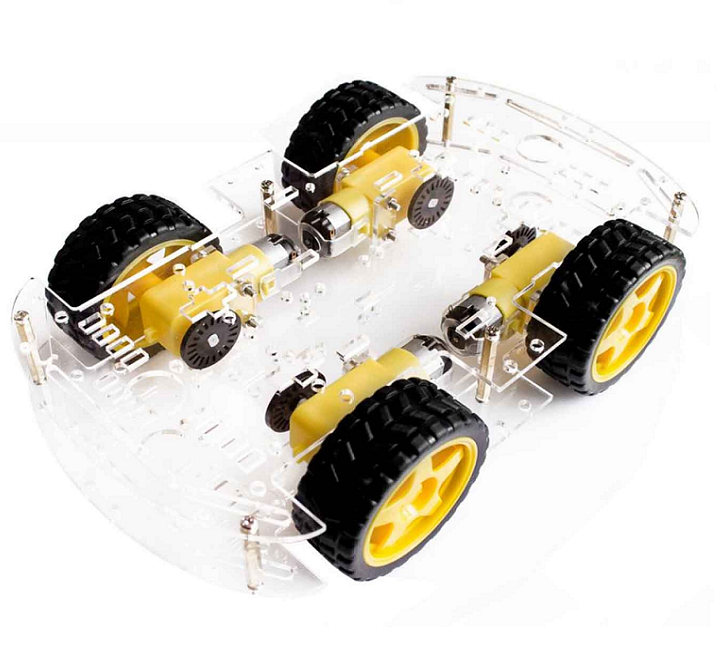
2. Sensors of the Robot: Sensors are used to sense/detect events, and changes in the environment and act accordingly to provide a corresponding signal. For example, IR sensors are most commonly used in motion detectors to detect the presence of an unauthorized entity.
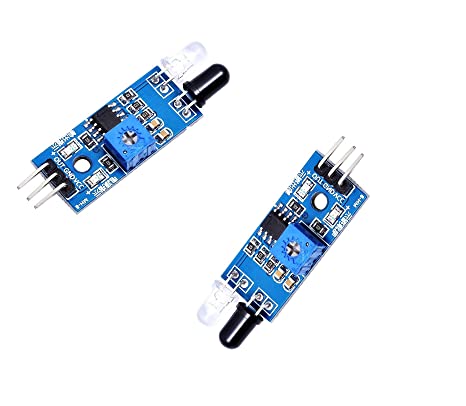
3. Brain of the Robot: This is a type of processing unit that processes all the data collected by the sensors from their surrounding environment. Depending upon the type of robotics project that you are building we can take the help of a microcontroller like Arduino or any other family of microcontrollers like PIC, AMD, or Atmel to perform calculations.

4. Actuators: In simple words, an actuator is a device that causes an action i.e it makes something happen. It requires a control device and an energy source. For example, an actuator is useful for turning the robot wheels. For example, electric motors, stepper motors, etc.
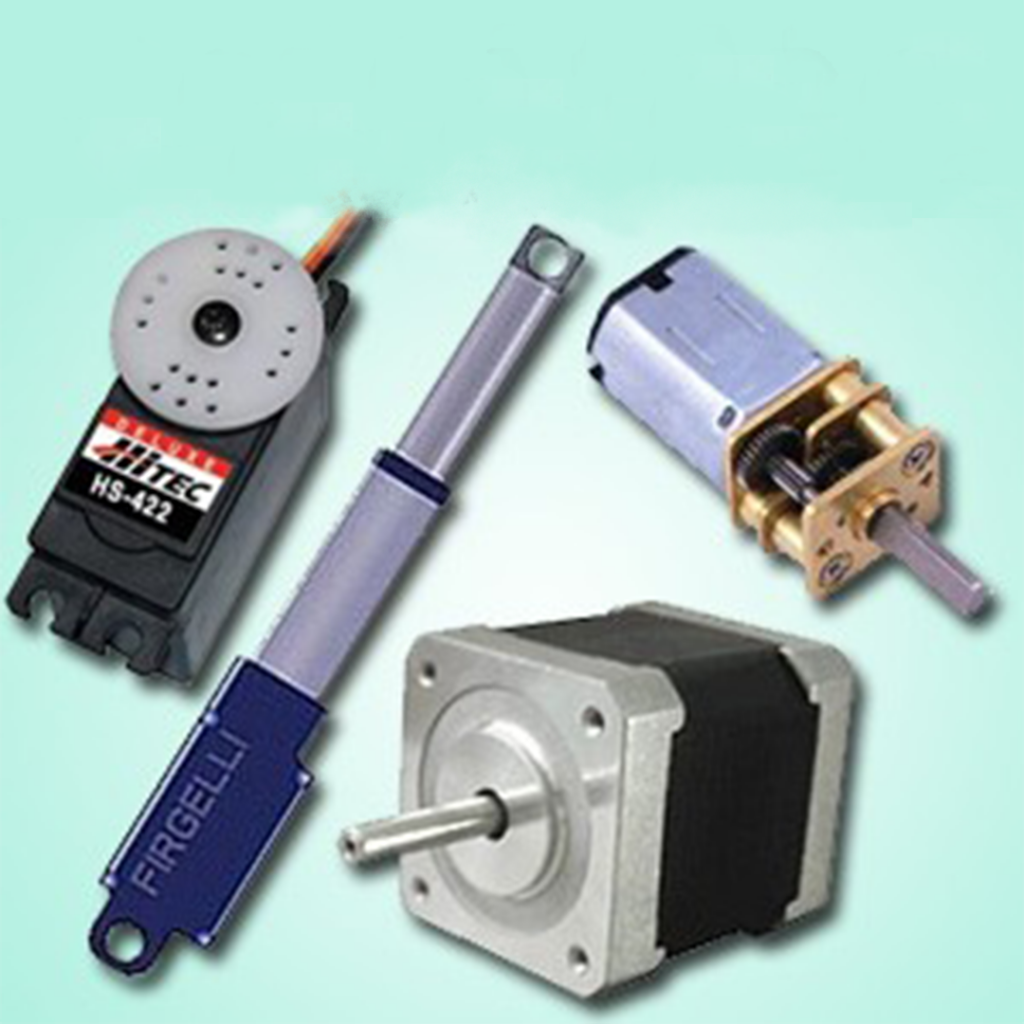
What Are The Advantages Of Learning Robotics For Kids From An Early Age?
1. Better Memory Retention Through Hands-on learning:
When a child learns how to build a robot using a hands-on learning approach, their information retention will be very high. Some studies suggest that hands-on learning engages both (left & right) sides of the brain. This way the brain builds better connections and stores the required information for a longer time in comparison to the theoretical learning mechanism.

2. Solidify Foundation of Coding Skills:
When a child builds a robot, they work on a diverse combination of programming codes to power up their robot. They write, test, debug, and run the code again and again to ensure the success of their project. This way their coding knowledge gets enhanced and they gain a solid foundation of the concept.
3. Robotics Is A Fun Introduction To Coding:
When a child adds a few lines of code and this code power up the robot to perform actions such as moving left or right, raising its arms up and down and they can add other movements as well. The joy of creating something that moves on their command will spark the student’s interest in robotics and keep them hooked to learning.
4. Acquire Logic Building Skills:
While programming a robot, logical thinking plays a vital role. By using the required logic in the coding functionality of a robot, the learners can formulate a step-by-step sequence to come up with desired results. This way the learner’s logic-building skills grow each time they build a project.
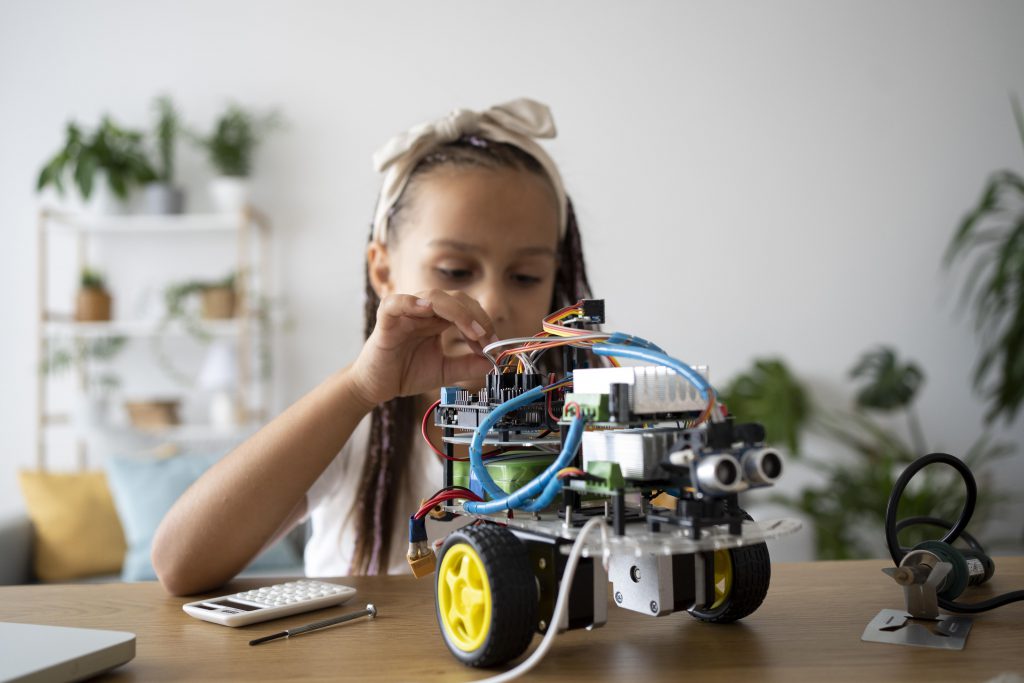
5. Make Learners Future-ready
According to Glassdoor, an experienced robotics engineer earns a salary of more than 21 lakhs per annum. If learners learn robotics from an early age they will most likely pick Robotics as a career option and get a lucrative job opportunity to work with top companies like NASA, DRDO, ISRO, etc.
How to Teach Your Child Robotics?
As per a study from McKinsey Global Institute, there are speculations that by 2030 the world’s current human labor(30%) will be replaced by robots & smart intelligent agents. Robotics is an evolving field that will continue to grow in the near future. So, it is high time that students should learn about the robotics field from an early age. Parents can enroll their children in robotics courses for kids that are blended with STEM toys just like the one offered by leading edtech company Tinkerly.
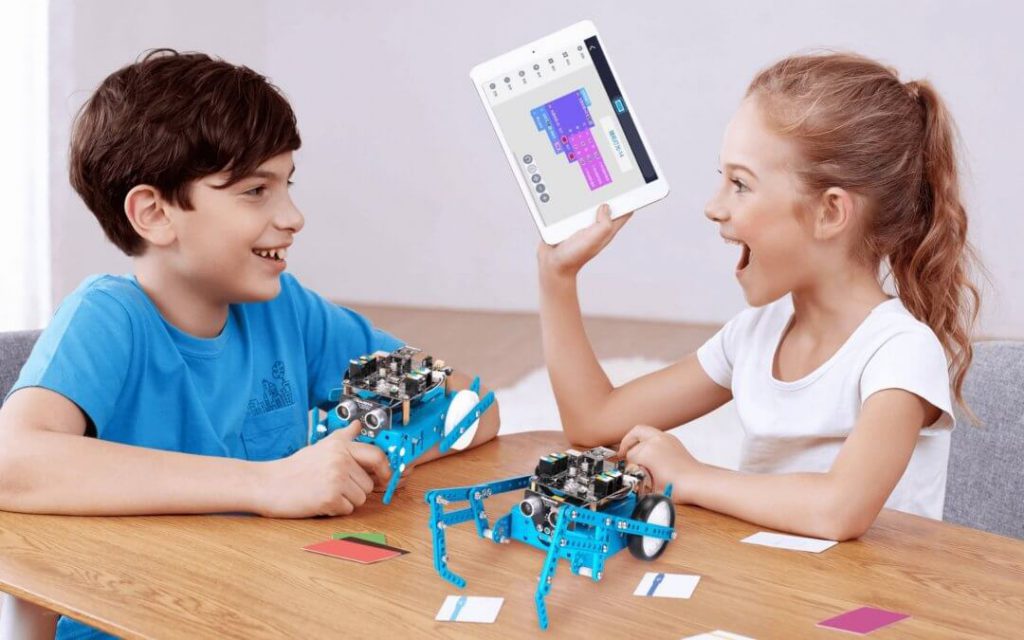
Tinkerly’s STEM learning & Coding courses teach students the basics of Robotics along with AI, IoT, and Game Development. These courses are packed with STEM toys that take learners’ journey beyond the screens and save their unproductive screen time.
These robotics for kids courses enable learners to brainstorm ideas and teach them how to solve the problem through the trial and error method. These courses use the hands-on learning approach that facilitates kids with an opportunity to build next-generation machines from scratch.
Also to get a taste of robotics for beginners in action, the interested students can book a free demo now!
Summing Up!
In this blog, we have talked about the 4 major parts of Robotics. Also, we have discussed the advantages of Robotics for kids and how it is beneficial for the kids.
 2070
2070


